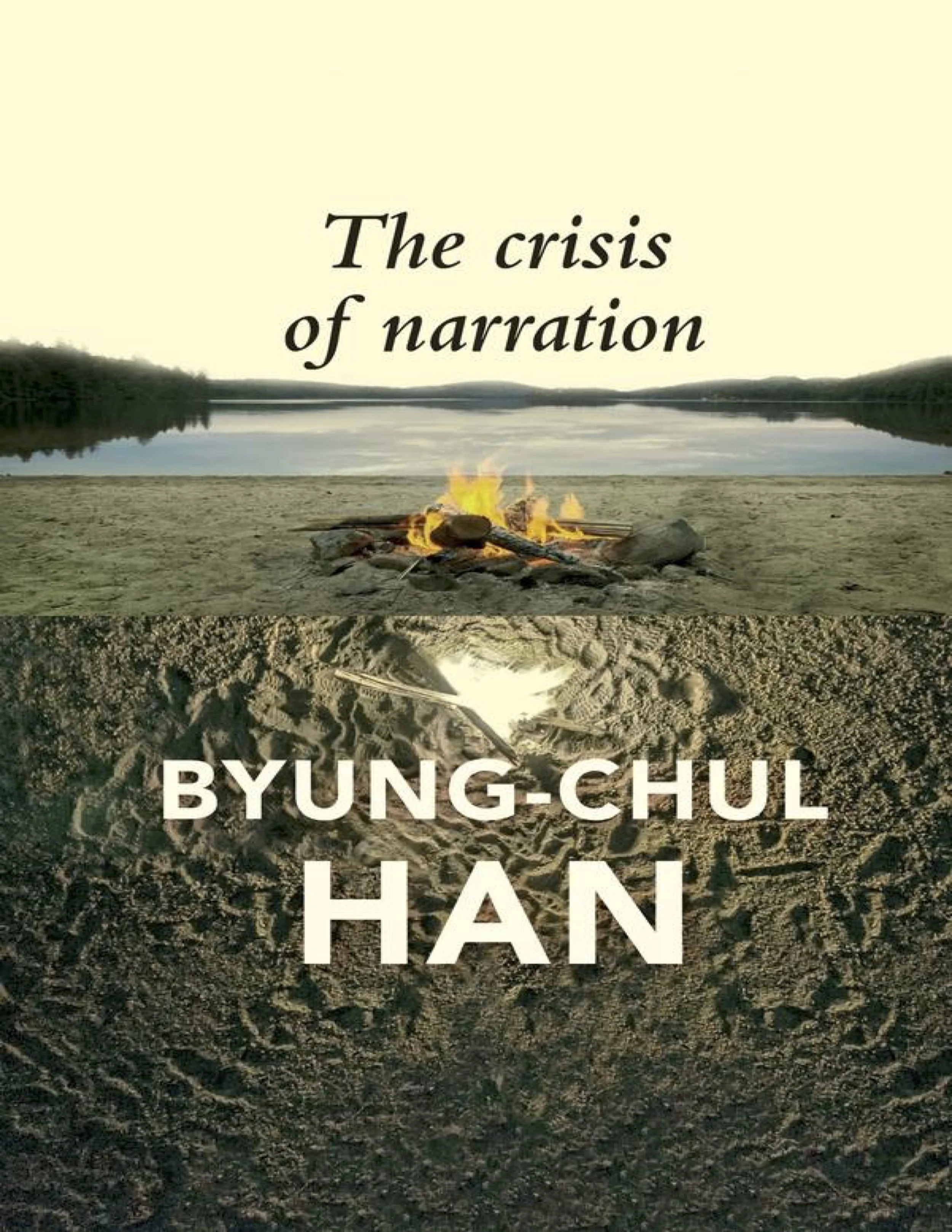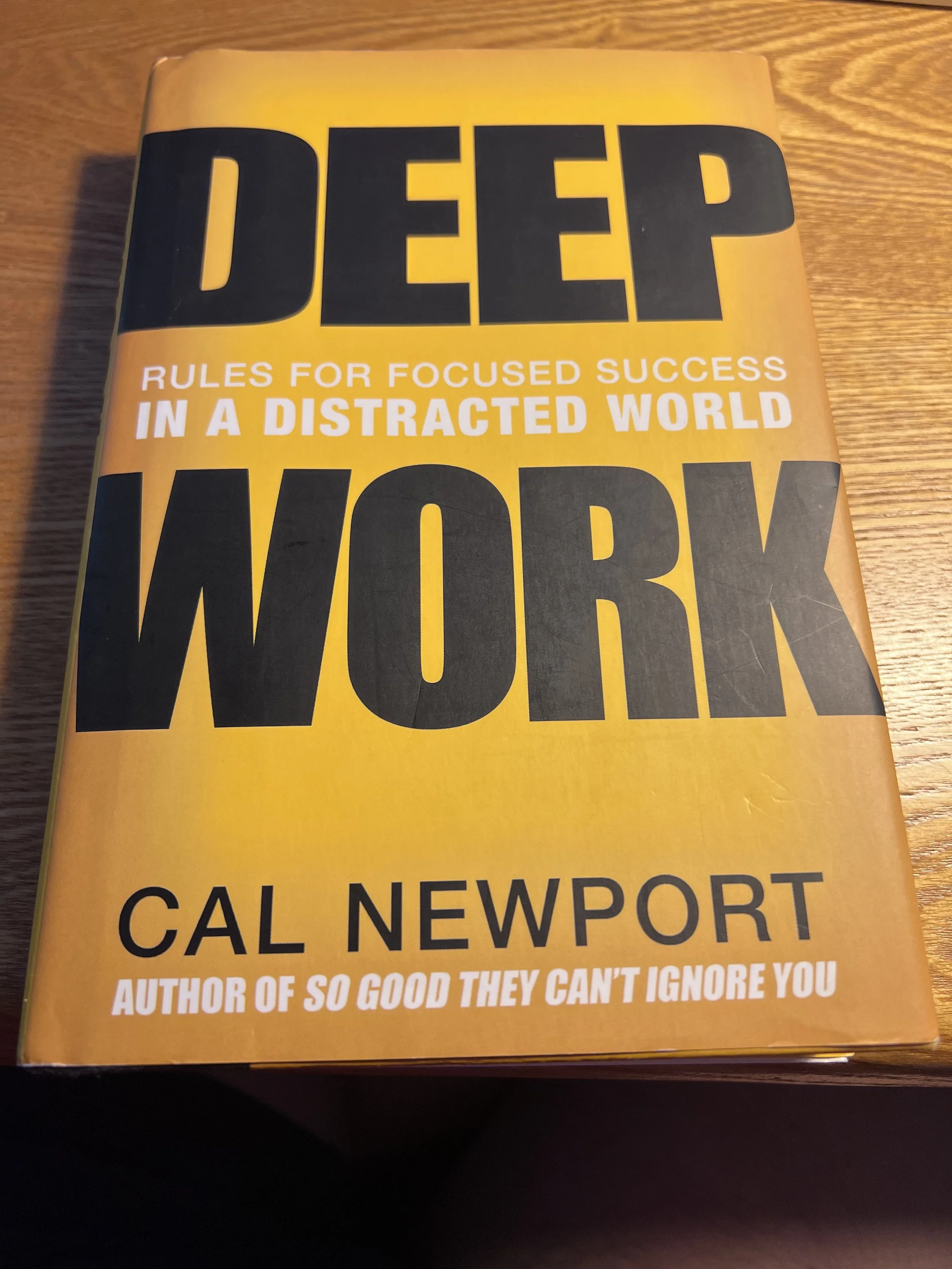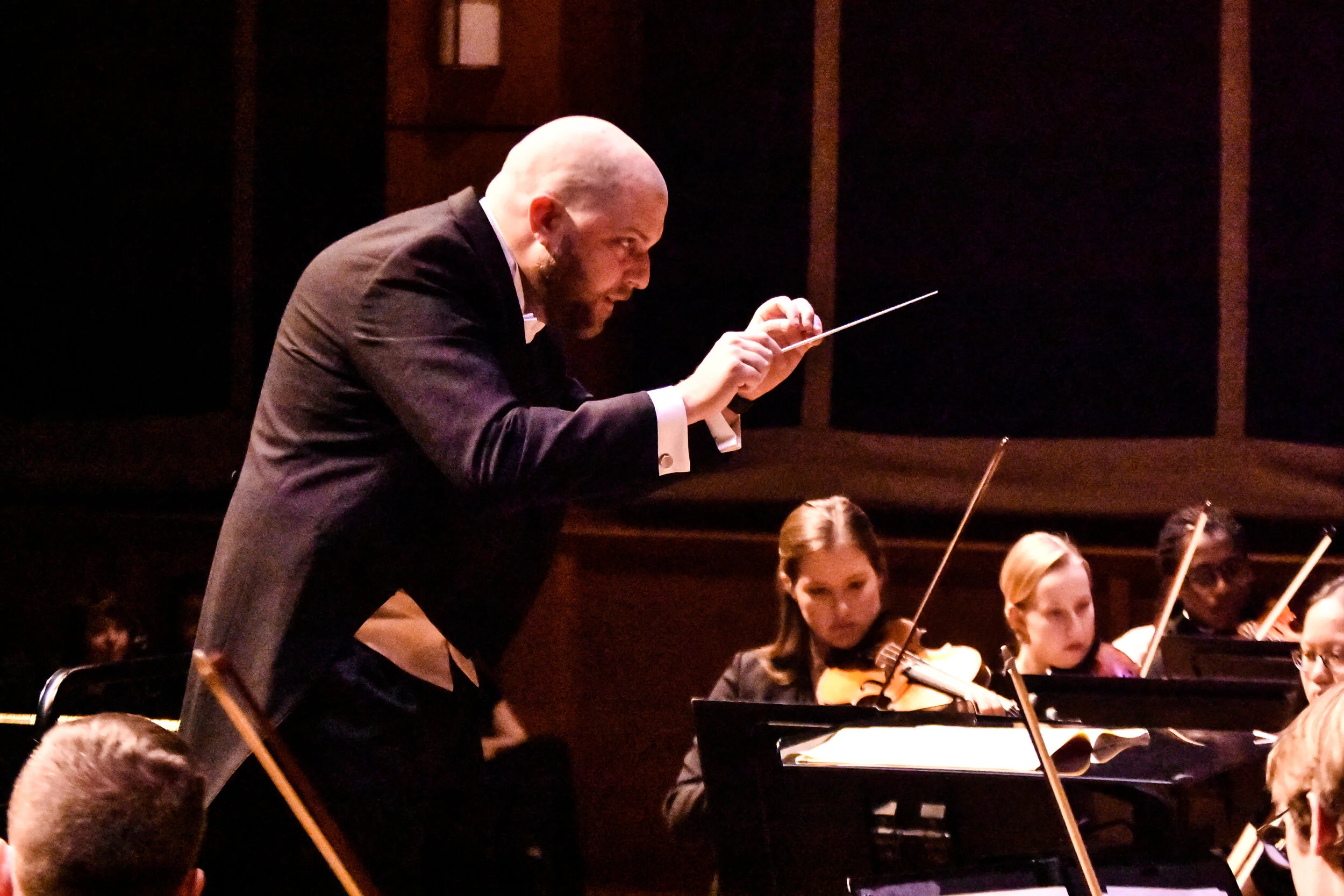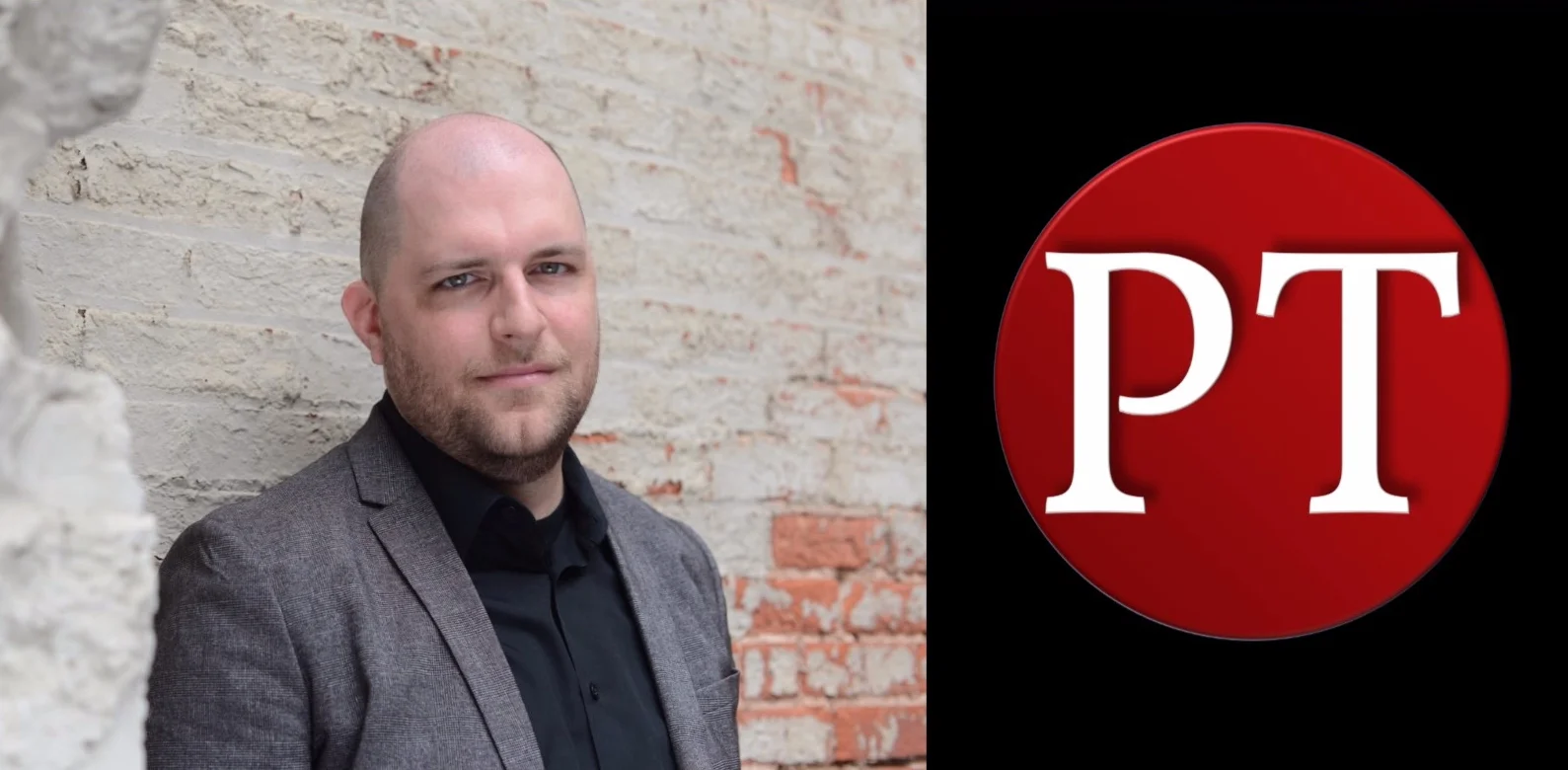Public Writing
Articles published in other sources, including magazines and music blogs.
Listen to our Light City-Themed Holiday Playlist (Baltimore Magazine)
Originally published in Baltimore:
It’s hard to believe that just a year ago, all of Baltimore waited with anticipation for the exciting inauguration of the festival called Light City. We wondered: What would this “light art” look like? Would the weather cooperate? Would the tourists show up? No one knew for sure, but everyone could feel the energy crackling.
Listen to a Baltimore-Themed Holiday Playlist – (Baltimore Magazine)
I recently began contributing to Baltimore Magazine. Here's my first piece:
Wendel Patrick, “Let’s Ride”
The holidays get me thinking about sleigh rides, which, while they weren’t the inspiration for this track, still make me think of “Let’s Ride.” The vintage keyboard sounds alongside spicy drumbeats and clean electric guitars make this a perfect fit for our off-the-beaten-path sleigh ride. When you’re finished, check out some of Patrick’s other projects and collaborations, like the Baltimore Boom Bap Society and Bond St. District.
"María" Provokes and Penetrates at Le Poisson Rouge – (Sequenza21)
I occasionally write for Sequenza21. Here's a concert review from a very special concert I attended in 2013:
Greenberg managed to turn the cramped, uncooperatively spare stage to her advantage, projecting into the space a smokey, claustrophobic Buenos Aires alleyway positively dripping with sinful lust and criminality, where “Hustlers, pimps, and devils appear at every turn,” as Greenberg wrote in the program.
Academic Writing
Papers written in an academic setting for a specialist audience.
The Musico-Linguistics Meme
Analysis: Bartók, Music for Strings, Percussion, and Celeste, Mvt. 1
Béla Bartók’s Music for Strings, Percussion, and Celeste highlights Bartók's mastery of orchestration, and innovation with rhythm. However, the opening movement perhaps least exemplifies these features (relative to the other movements). The first movement of the work instead showcases his mastery of counterpoint with a particularly praiseworthy example.
In 2006, I wrote an analysis of the early orchestral works of Brahms. I revised it in 2011.
Johannes Brahms stands as one of the central-most figures of late 19th century German art music. Brahms was the first true successor to Beethoven in the symphonic tradition… many volumes have been devoted to cataloguing the significant melodic, harmonic, and formal features of his four symphonies. Fewer have been devoted either to the early orchestral works or to the rhythmic and metric techniques employed.
Widely acknowledged as one of the most pivotal symphonic compositions in allof western music, the third symphony of Ludwig van Beethoven is, in substance, rarelyagreed upon. Beethoven’s semi-programmatic title, “Eroica,” the extreme size, uniqueformal organization, and developmental history of the work collectively open up toomany variables to allow a singular analytical approach to this work that is mutuallyagreed upon by the musical community plausible, as evidenced by over 200 years of serious efforts to do exactly that. This discourse seeks to give one possible analysis, thefocus being primarily upon the organization of thematic elements that give the work acyclical or “symphonic” quality.
Florence Price
Updates and news about composer Florence Price.
I have always appreciated Kyle Gann’s website for its resources for Florence Price’s Symphony No. 3. Recently, I took time to investigate some of the other resources he freely provides, including his own compositions, as well as links to his many books and albums. Among the resources on the site is a terrific “Chronology of the Symphony: 1730-2019,” listing years and major symphonies composed and/or premiered that year.
I think we all want to come out of this undifferentiated sea of snackable, viral content, back and forth messages, contextless tweets, and seemingly meaningless work tasks, and move in the direction of books, records, marathons, no-tech camping trips, meditation retreats, long form journalism, 5000-piece puzzles, baseball, writing cabins, undistracted 2-hour coffee with a friend, and of course a night at the symphony or theater…. So in that context, though I hate to use a cliché, I think we need long form music—classical being one example—now more than ever, in this one particular way:
“Some changes take centuries to reveal themselves.”
— Joy Harjo
…it is time to finally and fully celebrate the vibrant history of all women and all persons of color who have been the creators and performers of some of music’s greatest riches as a regular part of the concert going experience. We must endeavor to honor Florence Price as a pioneer and secure her place in the musical canon through a rigorous exploration of her music and a zealous advocacy for her legacy.
SELINSGROVE — Susquehanna University’s Symphony Orchestra was awarded a $500 grant from Women’s Philharmonic Advocacy in recognition of its efforts to feature music composed by women.
…How a person or an organization spends its money speaks to what it cares about. And what is a season program, if not a musical budget?













